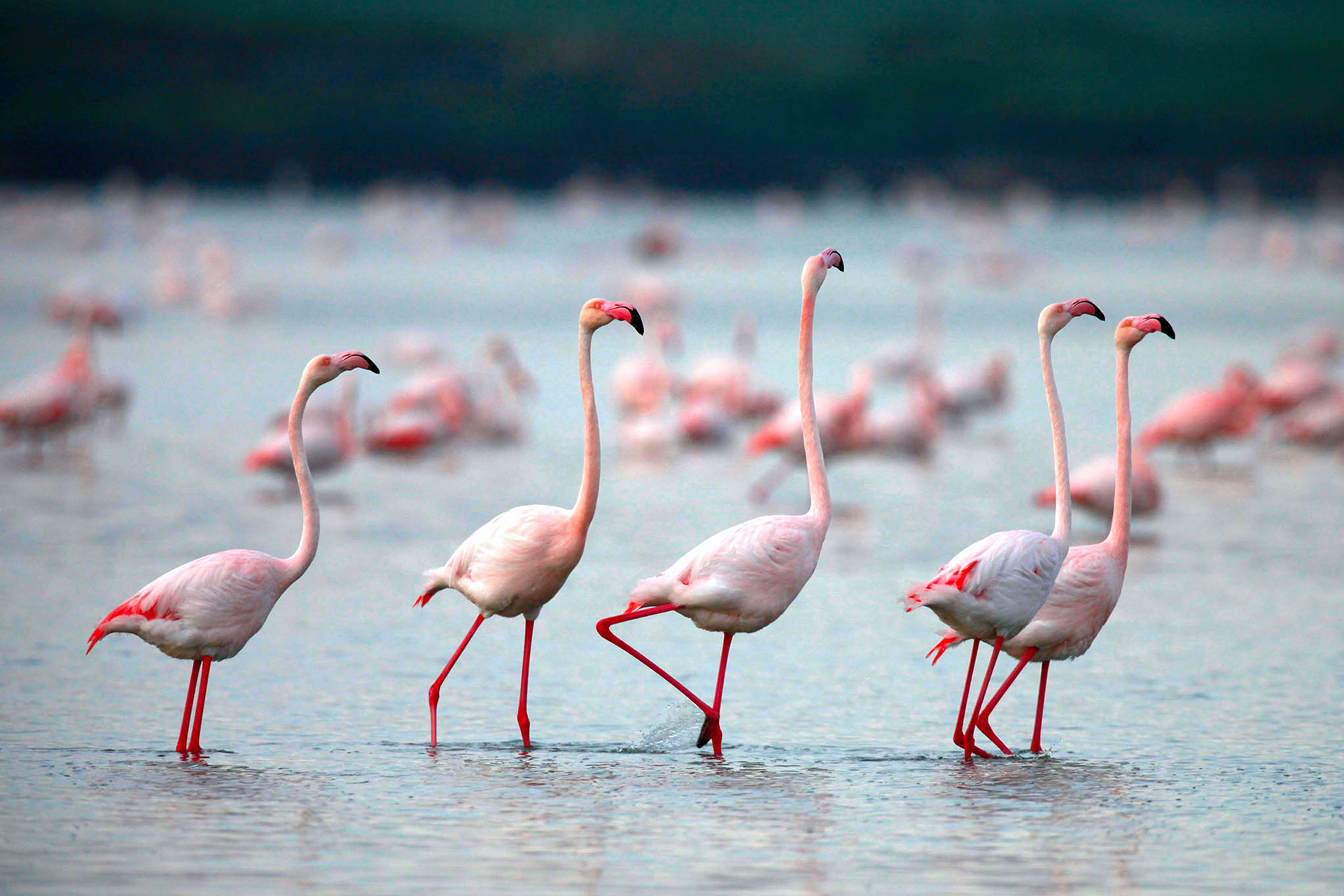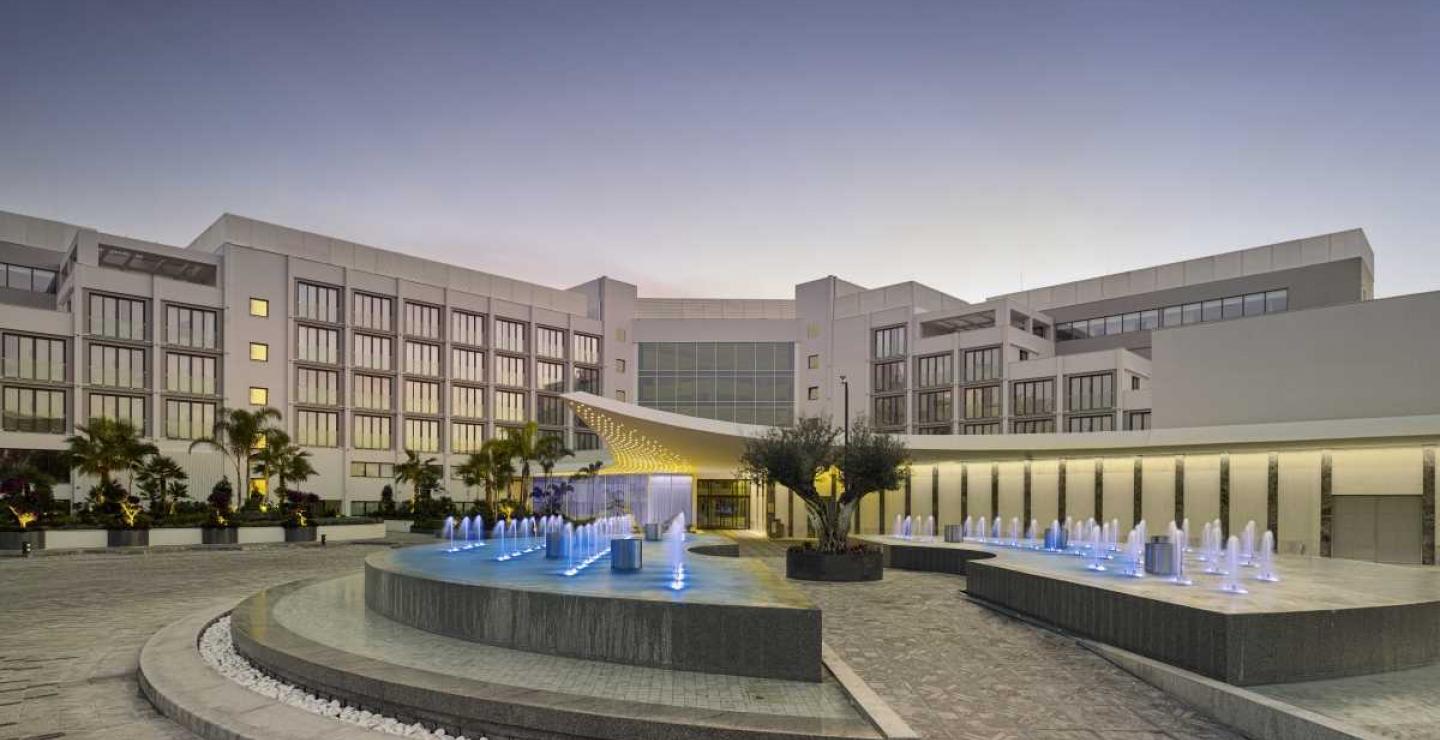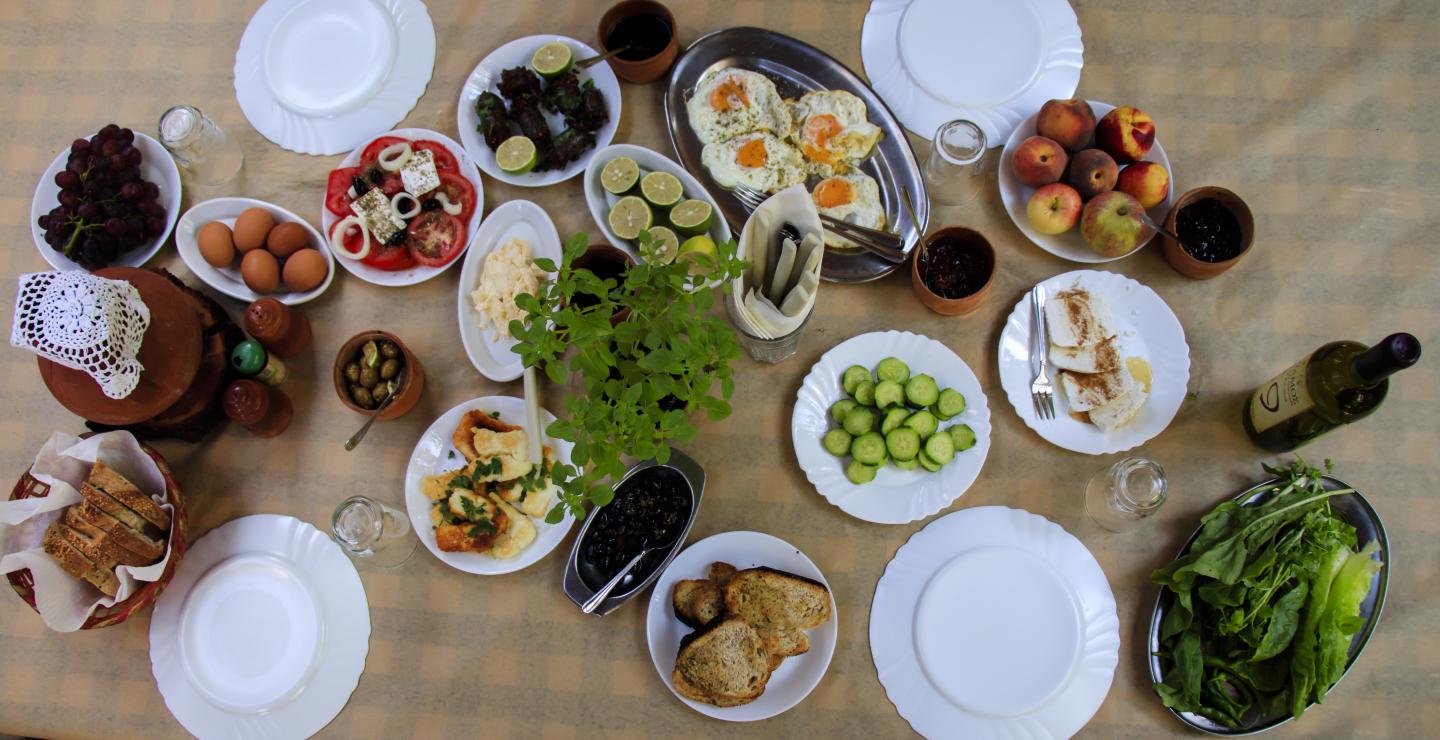Larnaca: A quaint multicultural city

A quaint city by the sea that offers a multicultural feel and a history as an ancient port-of-call for travellers, Larnaca offers visitors the opportunity to explore the Cypriot coast, while having all necessary conveniences at your doorstep.
Most likely named after a number of sarcophagi found in the area (larnakes in Greek), the city has maintained the nickname “The City of Zeno” after the Hellenistic philosopher Zeno of Citium (a village near Larnaca, Kiti in modern times). Zeno was known for founding the Stoic School of thinking, which placed emphasis on the peace of mind and goodness in living a life of virtue in accordance with nature.
The former city-kingdom of Kition (Kiti) was originally established in the 13th century BC. New cultural elements appearing between 1200 BC and 1000 BC (personal objects, pottery, new architectural forms and ideas) are interpreted as indications of significant political changes and the arrival of the Achaeans, the first Greek colonists of Kition. Around the same time, Phoenicians settled the area.
It was conquered in the first millennium BC by a series of great powers of the region. First by the Assyrian Empire, then by Egypt. Like most Cypriot cities, Kition belonged to the Persian or Achaemenid Empire. In 450 BC, the Athenian general Cimon died at sea, while militarily supporting the revolt against Persia’s rule over Cyprus. On his deathbed, he urged his officers to conceal his death from both their allies and the Persians.
Earthquakes of 322 AD and 342 caused the destruction of Kition. The city’s harbour silted up, and the population moved to the seafront farther south, sometime after this. (Contributing factors to the silting are thought to have been earthquakes, deforestation and overgrazing.)
The commercial port was located at Skala, during the Ottoman Period. Skala is the name of the seashore immediately south of the Larnaca castle—and its neighbourhood. The city is sometimes colloquially referred to as “Skala” meaning “ladder” or “landing stage”, referring to the historical port.
A characteristic feature of Larnaca is that tourists will find that there is no distinction between resort and town; locals and visitors alike can enjoy the same daily experience of a charming and diverse Mediterranean city. From stretches of varied coastline, a mix of traditional and cosmopolitan establishments and fascinating monuments, Larnaca seamlessly blends its two ‘faces’.
One of its most popular spots is the bustling promenade of Foinikoudes, which is lined with mature palm trees and flanked by beach, eateries and entertainment. Its coast joins with the sea walkway of Piale Pasha – which passes by quaint old neighbourhoods and fresh fish taverns – whilst its parallel shopping centre puts everything at your fingertips, and is home to the grand cathedral church of Saint Lazaros. As the town’s Patron Saint, the story and monument of Saint Lazaros serve as an enduring symbol of Larnaca’s significant religious history.




